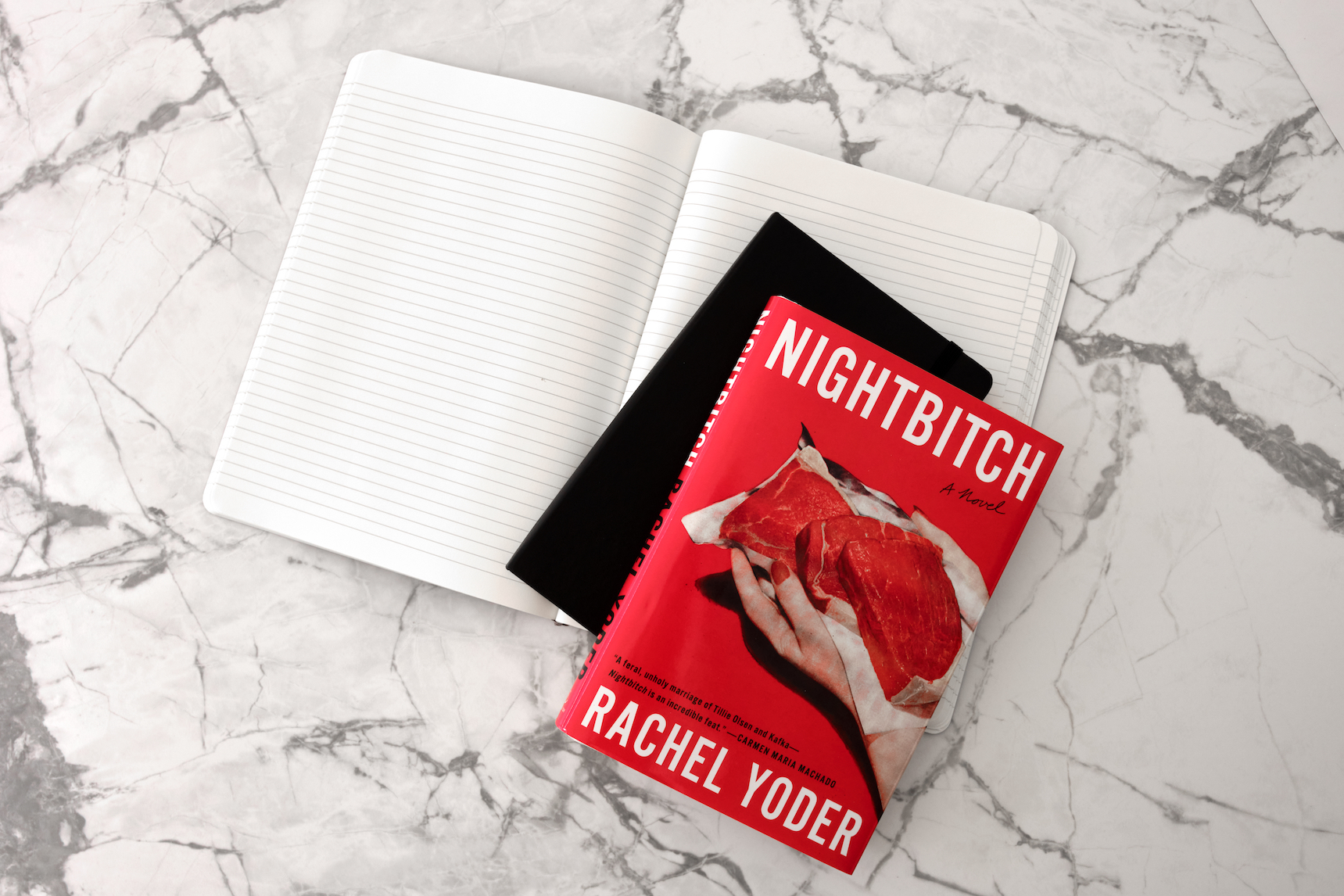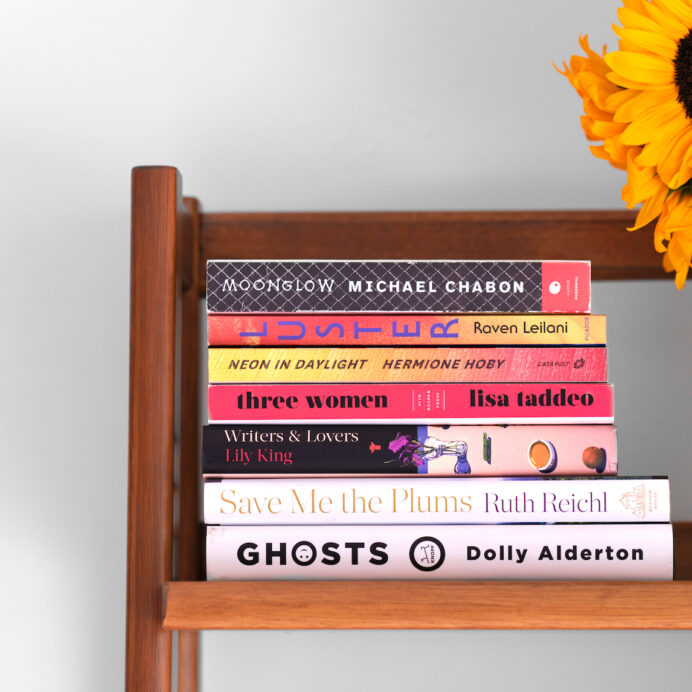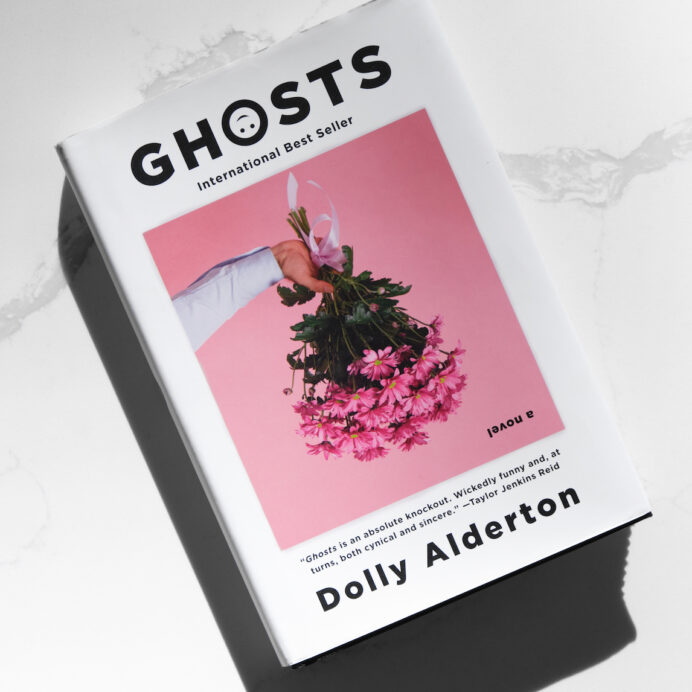Being a stay-at-home mom isn’t working for the protagonist of Rachel Yoder’s novel, Nightbitch. She feels “stripped of all she had been, of her career, her comely figure, her ambition, her familiar hormones…” But she suspects something is truly off when she finds “a patch of course, black hair sprouting from the base of her neck” and her canines sharpened to “ferocious points.”
“…to what identities do women turn to when those available to them fail?”
—Rachel Yoder, Nightbitch
In search of answers, she uncovers A Field Guide to Magical Women at her local library. It contains the (possibly fictional) life’s work of Ph.D and “mythical ethnographer” Wanda White. From accounts of the Bird Women of Peru to the WereMothers of Siberia, White’s work centers on the question, “to what identities do women turn to when those available to them fail?”
Nightbitch is about to find out. She recognizes herself in the mythical women from White’s studies, mothers who “occupy that peculiar space of in between—not fully human or fully animal.” With her Field Guide as a model, she leans further into the doglike tendencies she develops: the urge to lick her son’s face clean, to howl, romp, hunt, and even kill. Embracing these instincts gives her freedom, renewed creative energy, and a new ease in mothering.
“Stubborn and angry–soft and sweet, though, too. She was creator and then also the dark force that roamed the night. She was part high-minded intention and part instinct, raw flight.”
—Rachel Yoder, Nightbitch
The only problem: she now has a big, hard-to-keep secret. This instinctual way of being, of mothering, has no place in a society where the labor of motherhood is “devalued from the start,” where it is “neutered and sanitized.” So the protagonist finds space for it in her art, exploring the “brutality and power and darkness” of motherhood. Some dismiss her work as “shock value” antics. But others understand that she’s letting them in on the secret that’s been kept from women for ages: that their duality is their power. “Stubborn and angry–soft and sweet, though, too. She was creator and then also the dark force that roamed the night. She was part high-minded intention and part instinct, raw flight.’
Wanda White says, “The unbelievable, while perhaps not communicating straightforward truths, can communicate deeper truths if a person is willing to be patient, to listen, to contemplate.” That’s where the protagonist eventually found herself, her power, her creative voice: in the unbelievable, in the world of Wanda White’s mythical women, in the abstract world of her art.
As a reader, I also found truth in the unbelievable facets of this book. Reading it was surprising, cathartic, joyful, and empowering–a necessary journey away from the believable in order to unpack the ineffable metamorphosis that is new motherhood.




